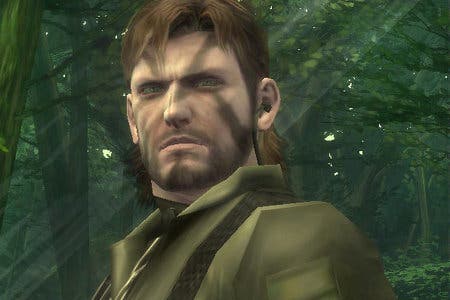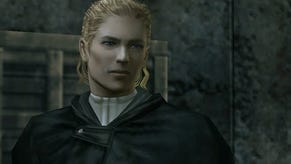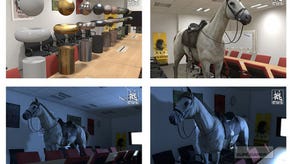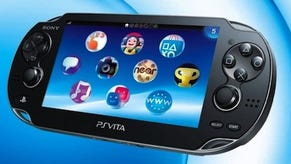Metal Gear Solid: Snake Eater 3D Review
Still in a dream?
A friend once asked which games I'd take with me if stranded on a desert island. Metal Gear Solid 3: Subsistence was near the top of that list. A linear stealth game by nature, there's an unprecedented amount of depth underlying its systems that has kept me enthralled over seven or so play-throughs.
Each time, my goal evolved. I tried taking on harder difficulties, not killing anyone, and making it to the end with no alerts. Maybe next time I'll try to shoot all the hidden plush toys or beat the sniper boss without using thermal vision. Heck, in the process of reviewing this new 3DS version, I discovered an all-new method of defeating my favourite boss, a jetpack-and-flamethrower-wielding astronaut. Where most games get old over time, this one keeps on giving.
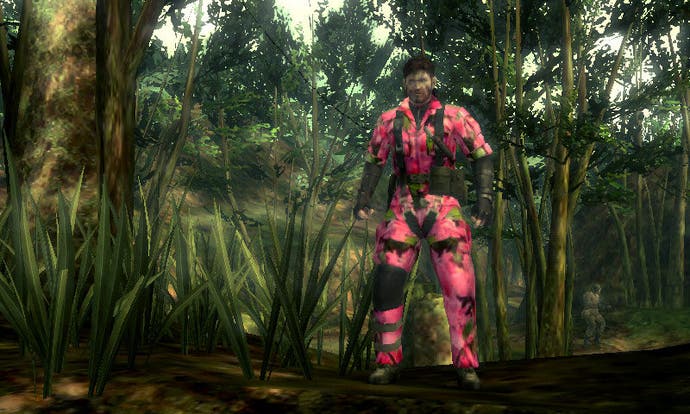
The funny thing is that I didn't always love Metal Gear Solid 3. In fact, the first time I played it, I downright hated it. It turns out I was making a mistake; I was playing the original version of the game, Snake Eater.
Upon its initial release, the overhead camera was fundamentally broken and not appropriate for the game it was designed for. Guards could spot you off-screen, requiring you to stop every two seconds to peek around in first-person. It felt cruel and aggravating.
Flash forward a couple years to its rerelease as Metal Gear Solid 3: Subsistence, and the camera had been revamped with manual controls. Seldom has such a seemingly simple, single design choice so drastically improved a game. Being able to see in front of you while moving and rotate the camera around corners gave you a much stronger sense of your surroundings, finally realising the vision of a lone man forced to keep his wits about him to survive in the jungle.
The new camera altered the moment-to-moment stealth action so thoroughly that the game went from being a bold yet irritating curio to one of my favourite games of all time. For more of my thoughts on the game proper, I reviewed it a few months back as part of the Metal Gear Solid HD Collection. Here, I'm focusing on how this new 3DS iteration compares to the other versions.

Snake Eater 3D has fine-tuned Snake's manoeuvrability yet again to keep up with modern times. You can now walk while crouching, though this is seldom useful as you're vastly more visible in this state, so it's better for Snake to continue slithering. More helpful is the ability to move while aiming. Movement is slow with your weapon drawn, so it still can't be played as a run-and-gun shooter - but the new controls make shuffling laterally across the oft-cluttered scenery far more convenient.
Perhaps the most helpful change is the simplest: your aim now snaps to wherever the camera is pointed, rather than where the character is facing, so there's no need to constantly readjust this awkward shift in perspectives. There may not even be a shift at all, as the game now comes with an optional, Peace Walker-style third-person aiming scheme. These deft tweaks manage to improve upon the game while being subtle enough to keep the difficulty balance intact.
The other, less celebrated addition to this rendition of Snake Eater is that you can take pictures with the 3DS' camera, then turn said textures into camouflage. (Kojima is no stranger to this sort of fourth-wall breaking tomfoolery; the first Metal Gear Solid forced you to switch controller ports when facing a psychic assassin, and his Boktai: The Sun Is in Your Hand required you to go outside to complete certain portions of the game.) Thankfully, this camo feature is entirely optional. It's a bit cumbersome to use, requiring players to exit the game with the home menu before snapping a pic, and once this awkward step is completed the results aren't as detailed as one would hope. Still, it adds an extra layer of experimentation and it's a novel way of extending the game into the real world.
While these enhancements should make this the best version of Metal Gear Solid 3 to date, a host of technical issues hold it back.
Graphically, Snake Eater 3D has better character models than the original game, with Snake's mullet never looking finer. But all its spruced-up visuals can't make up for the fact that the 3DS has a lower resolution than its console brethren, causing everything to appear blurry at a distance. This isn't just a cosmetic sacrifice - it genuinely impacts the gameplay when you're spending much of your time lining up headshots from afar.

Where the MK22's iron sight was already minuscule in the console version, it's near impossible to see here. Having a tranquilizer dart hit an enemy's head versus it zipping past their ear and alerting the whole platoon can make all the difference, so it's disheartening that Konami didn't try to compensate with a more pronounced aiming reticule or the option to zoom in further. It's not unplayable, but getting a clear shot requires getting closer to your target than you'd otherwise have to.
Adding insult to injury, aiming feels off. The default control scheme requires aiming with the face buttons, which is hardly ideal when such pixel-perfect precision is required. Using the Circle Pad Pro add-on helps, but even this is awkward and imprecise, ranging from sluggish to jerky. The kicker is that this all could have been avoided had the game included gyroscopic aiming. This worked wonders in the 3DS version of Ocarina of Time and Resident Evil: Revelations, so it's especially disappointing that it's not included here.
Elsewhere, Snake Eater 3D falls victim to an unstable frame-rate. This is most prevalent during cut-scenes and the otherwise brilliant boss battles, and it's hugely noticeable during one of the game's best set-pieces, where you face off against a camouflaged Predator-like boss in a forest filled with traps. Aiming at your opponent in thermal vision results in devastating lag.
In spite of all these technical blemishes, the core of the game remains amazing. Stealth can be as simple or complicated as you'd like, with a myriad of options for how to get past every encounter. Do you tranquilize a guard from afar, murder them so they'll stay down, distract them with porn, avoid them altogether, or sneak up from behind and grab them? Once they're in a chokehold they can be used as a human shield, interrogated, knocked out, tossed aside or you can slit their throats. You may be more vulnerable than other superspies like Sam Fisher, Adam Jensen or Batman, but you're more capable as well.
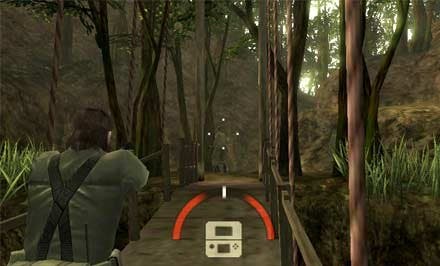
This ingenuity carries over to the boss fights. The rogue's gallery of weirdoes Snake faces off against borrows the best elements from such classic action romps as Ninja Scroll and The Running Man, with each outlandish foe containing plenty of peculiar vulnerabilities. One can be poisoned by throwing rotten food at him, another can die of old age by resetting the internal clock and another can be momentarily fooled by you wearing a mask of his clandestine lover (who resembles the oft-derided Raiden from MGS2). After the ponderous opening hours, these bosses show up with alarming frequency, and facing off against them remains a delight.
Ultimately, this is a lacklustre port of a fantastic game. The sad thing is that the improvements to manoeuvrability and updated visuals show us what the ultimate Metal Gear Solid 3 would look like - but then Snake Eater 3D fails to deliver that due to stodgy aiming, low resolutions and a choppy frame-rate. Even in this diminished form, Snake Eater is still massively enjoyable, but unless you're really keen on playing it on the go, it's hard to recommend this over its console counterparts.
But hey, you can finally play it on a desert island. That's got to count for something.
